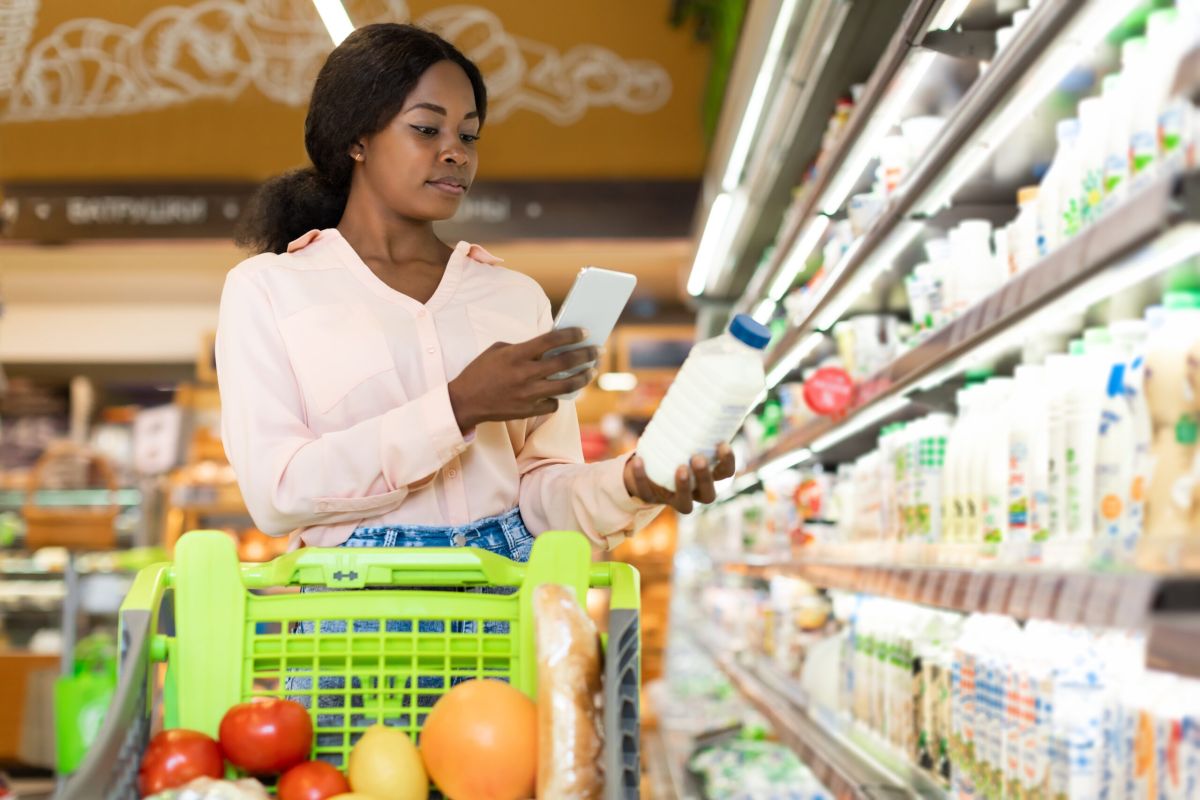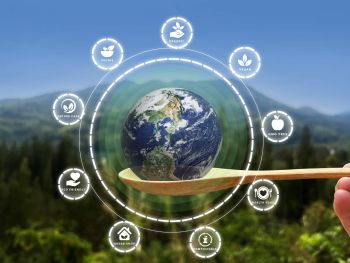
Grocery and Technology: Imagining the Future of Food Retail
The grocery sector is undergoing a transformative phase, propelled by technological advancements that are reshaping the shopping experience. As we navigate the present landscape, a clear trend emerges: consumers are increasingly seeking transparency and autonomy in their purchasing decisions. This shift, coupled with the rapid pace of innovation, provides a glimpse into a future where technology not only enhances efficiency but also empowers consumers like never before.
Current Technological Advancements Impacting Grocery Retail
One of the most visible technological advancements in the grocery sector is the integration of AI and Machine Learning for personalized shopping experiences. Retailers are utilizing these technologies to analyze shopping habits, providing tailored recommendations and promotions directly to consumers’ smartphones or through smart shopping carts. This personalization enhances the shopping experience, making it more efficient and enjoyable.
Blockchain technology is revolutionizing transparency in the grocery industry. By allowing for the tracking of product origin, processing, and shipping, blockchain enables a level of transparency previously unattainable. Consumers can scan a QR code to learn about the journey of their food from farm to shelf, addressing the growing demand for authenticity and sustainability.
Self-checkout and cashier-less stores, powered by sophisticated sensor technology and real-time data analytics, offer shoppers a seamless and speedy purchasing process. Amazon Go is a prime example, where customers can pick up products and leave the store without traditional checkout procedures, with purchases automatically billed to their Amazon account.
The Future of Food Retail: A Vision for the Next Decade
Looking ahead, these technological trends are set to deepen, with augmented reality (AR) poised to play a significant role in grocery shopping. Imagine pointing your smartphone at a product to display nutritional information, recipe suggestions, or even augmented reality cooking demonstrations. This could further enhance the consumer’s desire for information and transparency, making shopping an interactive and informative experience.
Internet of Things (IoT) technology will likely become ubiquitous in grocery stores, with smart shelves that monitor inventory levels in real time, automatically ordering stock when supplies run low. This could significantly reduce food waste, a critical concern for both retailers and environmentally conscious consumers.
In response to the increasing demand for convenience, autonomous delivery vehicles and drones could become standard for grocery delivery services, offering faster and more efficient delivery options for consumers. This could redefine the concept of convenience in grocery shopping, making it possible to receive products within hours of ordering.
Virtual grocery stores might emerge, where consumers can use VR headsets to shop in a digital store as if they were physically present. This blend of virtual and physical realities could cater to those who value the experience of shopping in-store but prefer the convenience of shopping from home.
These advancements promise to make the grocery shopping experience more personalized, transparent, and efficient, ultimately empowering consumers like never before. Retailers who embrace these changes and innovate alongside them will be well-positioned to meet the evolving needs of their customers.
About Plant Based World Pulse
Plant Based World Pulse is a go-to resource for the plant-based industry. Offering high-value insights, educational content, and the latest information year-round, it compliments the annual industry events Plant Based World Expo North America in New York City and Plant Based World Expo Europe in London.


